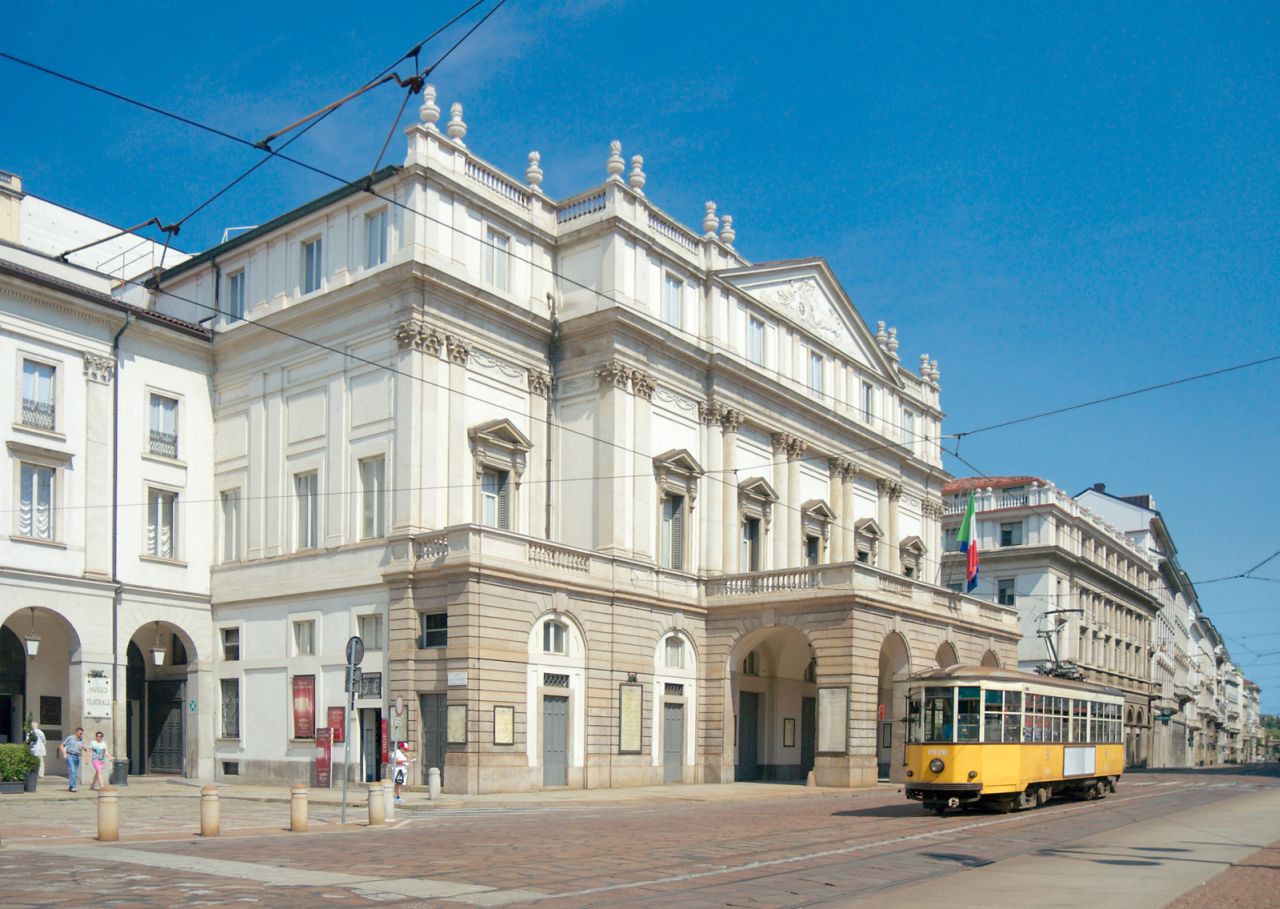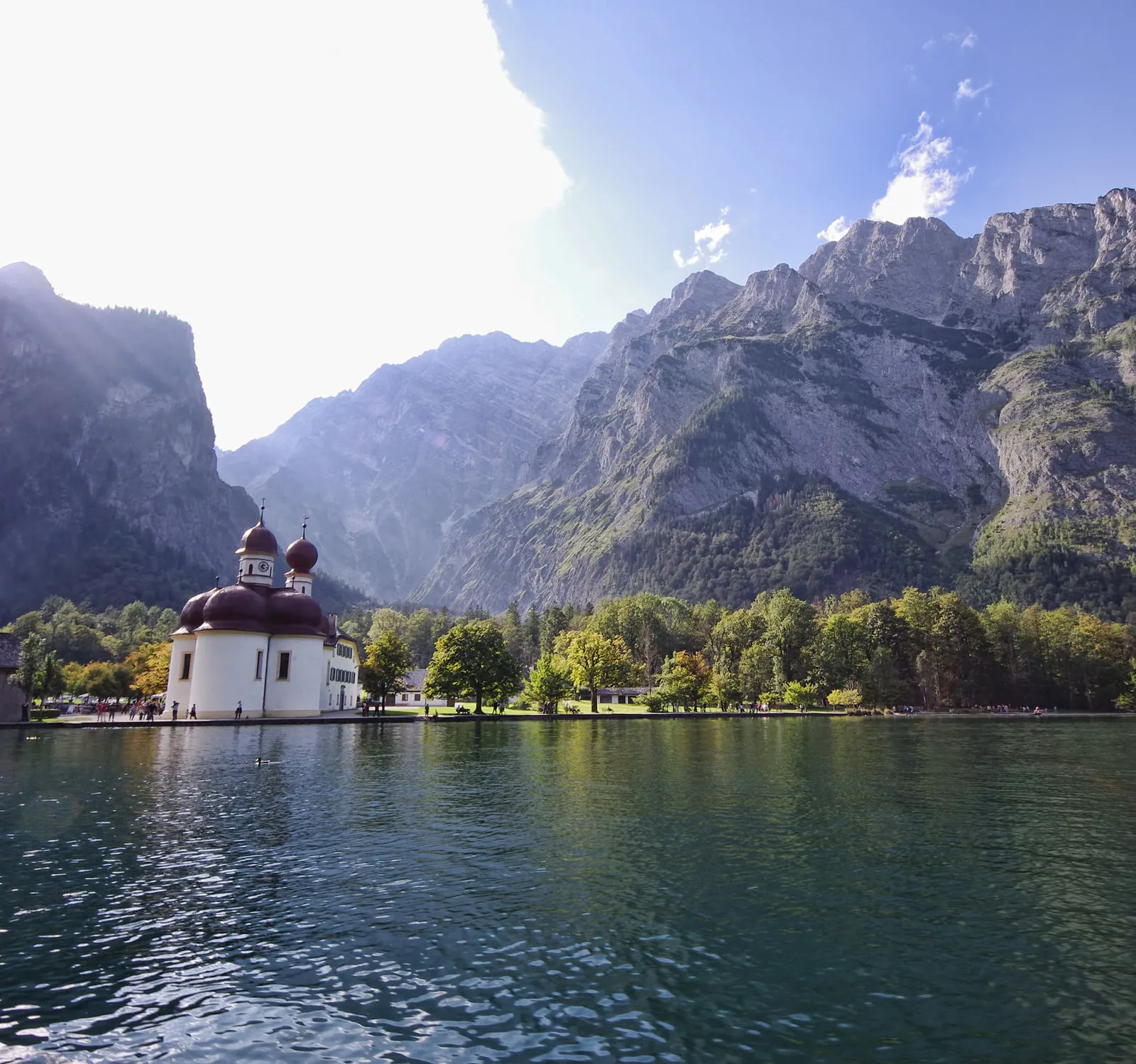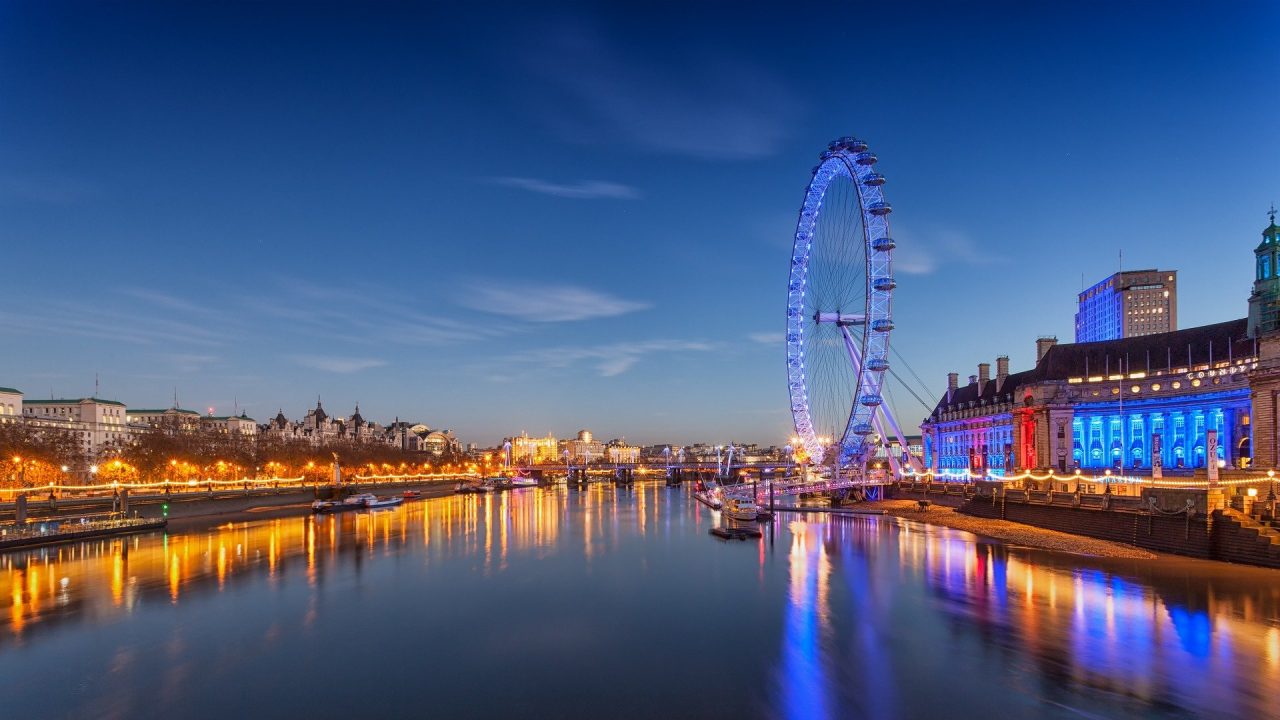Teatro alla Scala
Address
Via Filodrammatici, 2, 20121 Milano
GPS
45.4671528, 9.1891788
Milan’s Teatro alla Scala, or globally known simply as La Scala, is world-renowned Opera House. The Nuovo Regio Ducale Teatro alla Scala, as it is its full name, was opened to the public on August 3, 1778. The opera Europa riconosciuta by Antonio Salieri was performed at the debut.
Quick facts
- Name: Teatro alla Scala
- Location: Milan, Italy
- Built 1778
- Type of attraction: Opera House
- Ticket price: From $12 for a museum or a guided tour, shows from $25
La Scala has hosted many of the world’s best opera singers, as well as many of Italy’s greatest opera artists. The theater is renowned for its opera and ballet performances and is located in one of the world’s most beautiful cities.
The La Scala Theatre Chorus, the La Scala Theatre Ballet, the La Scala Theatre Orchestra, and the Filarmonica della Scala orchestra all call this theater their home. The La Scala Theatre Academy, an affiliated school of the theater, provides professional instruction in music, dance, stagecraft, and stage management.
The history
After a fire destroyed the former theater in 1776, the Archduke Ferdinand of Austria commissioned the building of a new Ducal Theatre. The Teatro alla Scala is named after the opera theatre, which was built on the site of the former Santa Maria alla Scala Church.
During its early years, La Scala, like other theaters of the time period, had a casino on site.
The theatre was heavily bombed in 1943, at the height of World War II. Three years later, it was completely rebuilt. The Opera House was closed for renovations in 2002 and reopened in November 2004 with a performance of Antonio Salieri’s Europa riconosciuta, the same opera that was played at the theatre’s inauguration in 1778, as part of the festivities to mark the occasion.
Many well-known operas, including Othello, Verdi’s Nabucco, and Puccini’s Madame Butterfly, received their world premieres at La Scala.
Giuseppe Verdi, the orchestra’s first composer, refused to allow his music to be performed at the Teatro alla Scala because he believed the orchestra altered his works. Despite this, he went on to form a strong bond with the Opera House.
What to see there?
Theater-related artifacts and memorabilia can be found in abundance in the Museum of Opera and Theatre.
When you there, you’ll see the theatre’s great lobby, which is a simple room with little decorations. When you arrive at La Scala, you’ll be shown to a small box with red satin seats where the rich and famous have enjoyed and continue to enjoy the many operas and ballets presented there.
The large wood and red velvet theatre is embellished with golden stuccos and covered in red velvet. A 383-bulb Bohemian crystal chandelier illuminates the stage.
The tour of the Theatre Museum is fascinating since it allows you to visit portions of La Scala that are normally off-limits, such as the orchestra pit and the boxes.
Only by attending an opera or ballet performance or by visiting the Theatre Museum will you be able to visit Teatro alla Scala.
Interesting facts about Teatro alla Scala
Here are some interesting facts about this amazing art landmark:
- The word ‘scala’ just means ‘staircase’. The theatre was built on the site of the church of Santa Maria della Scala – Holy Mary of the Staircase.
- Famous violininst Nicolo Paganini had a debut concert in La Scala in 1813.
- Maria Callas made her official debut at La Scala in Verdi’s I vespri siciliani in December 1951.








